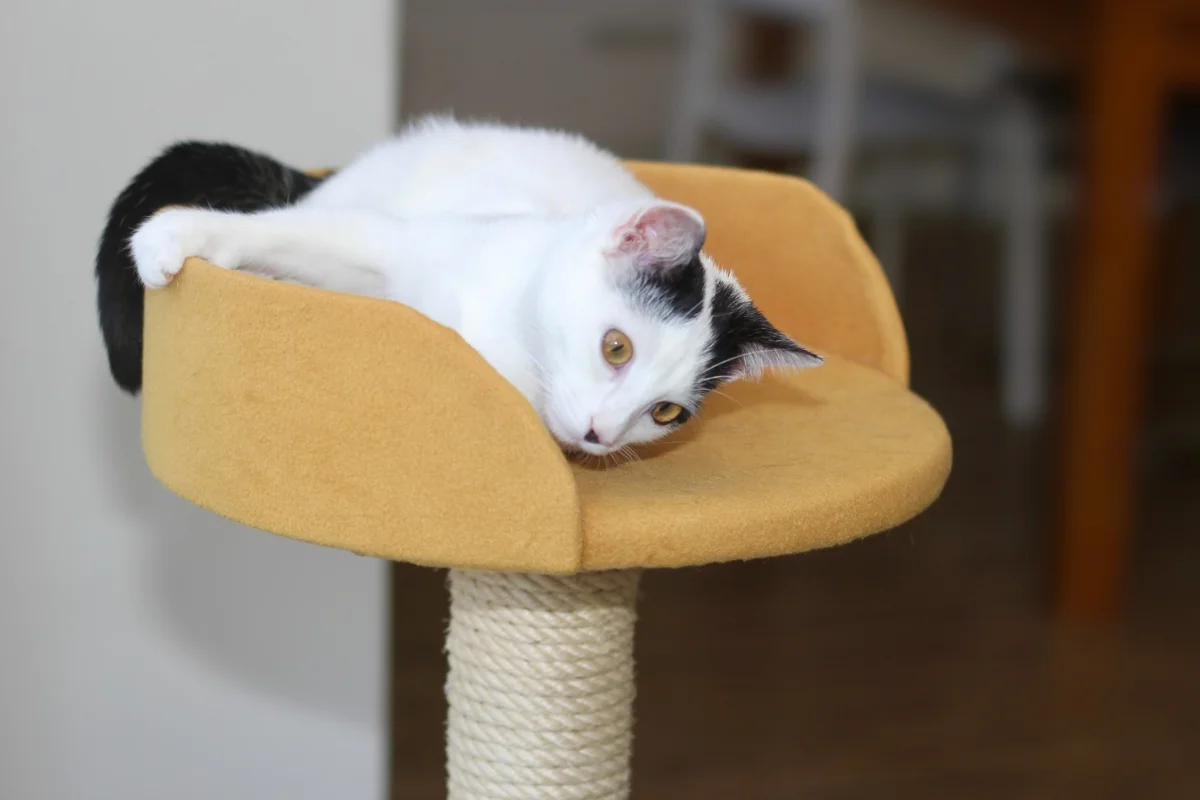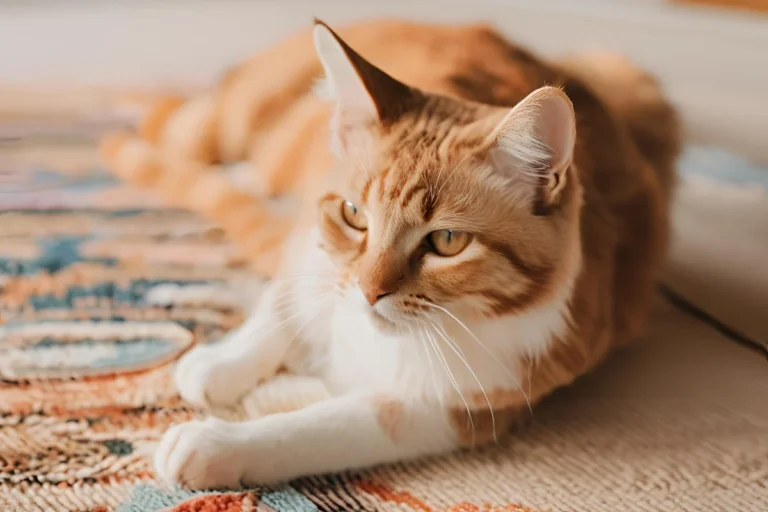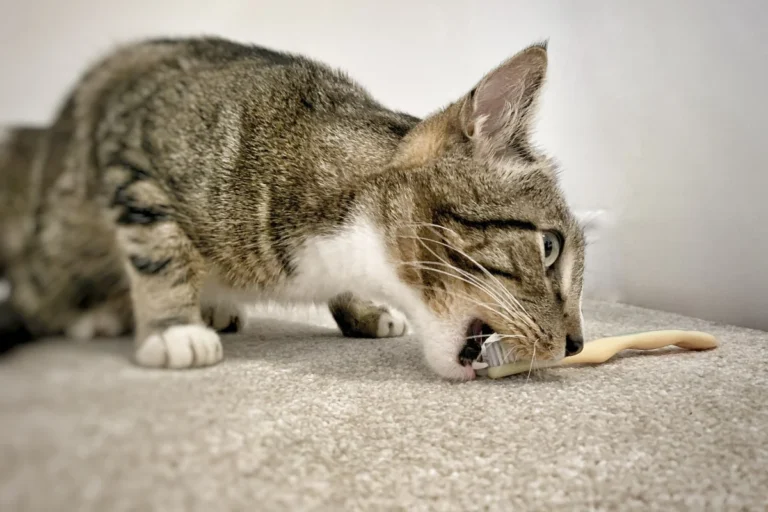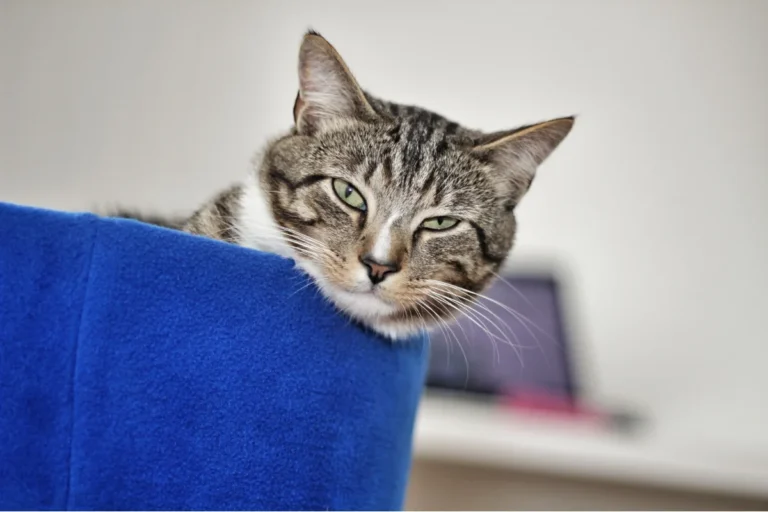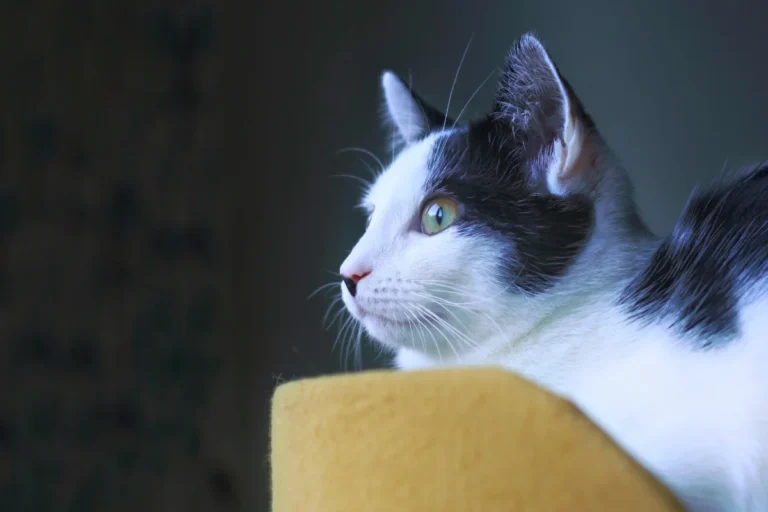Owning a cat: Tips and costs
Owning a cat is a rewarding experience, filled with companionship, affection, and those heartwarming moments that make life richer. However, it’s important to remember the costs associated with owning a cat. The financial commitment extends beyond daily essentials to include vet bills, unexpected issues, and rising prices for pet care items. Understanding these costs is key to ensuring your cat receives the best care without straining your budget.
Adopting vs buying: The initial cost
Choosing to adopt or buy a cat goes beyond personal preference — it’s a decision that can affect your budget. Adopting is typically more affordable, as shelters often include neutering, vaccinations, and microchipping in the adoption fee. This not only saves you money but also supports efforts to reduce cat overpopulation. Plus, many shelters conduct health checks, ensuring your new pet starts life on the right foot.
However, if you’ve set your heart on a specific breed, the costs can quickly skyrocket. Pedigree cats can be pricey, and with certain breeds, the price can reach into the hundreds or even thousands. Alongside the purchase price, you’ll need to factor in the cost of essentials like litter boxes, scratching posts, toys, and a carrier, all of which can add up quickly.
Cost of feeding your cat
Cats’ dietary needs are vital for their long-term health, but feeding them properly can add up fast. The cost of food varies greatly depending on the quality you choose. While supermarket brands are more affordable, premium brands — especially grain-free and organic options — can be a significant investment. However, these often provide better nutritional benefits, such as reducing the risk of food allergies, improving coat condition, and supporting digestion.
According to Cats Protection, over 33% of cat owners have reported rising costs for essential pet items, with food being the largest contributor to these expenses. To manage food costs, many owners buy in bulk or subscribe to regular delivery services. These options can lower the cost per meal and avoid the hassle of frequent shopping trips. However, this doesn’t always solve the issue for picky eaters, who may refuse certain flavours or types of food.
Additionally, treats and supplements can quickly add to your budget. Some owners use treats to reward good behaviour or distract their cats from undesirable habits like scratching furniture. While it’s a great way to bond with your pet, don’t forget to factor these extras into your spending. If your cat requires regular supplements, such as for joint health or a shiny coat, the price of these additions can add up over time.
Litter costs: A recurring expense
If your cat uses a litter tray, be prepared for a recurring cost that can add up. On average, cat owners spend several hundred pounds a year just on litter. Clumping litter is popular because it efficiently traps waste and lasts longer than non-clumping alternatives. However, it comes with a hidden risk: if ingested, clumping litter can cause serious digestive issues, leading to expensive vet visits. This is something to consider when choosing the right type of litter for your cat.
But the costs don’t stop at litter. You’ll also need to factor in cleaning products, odour neutralisers, and replacing the trays themselves. For homes with multiple cats, these costs can double or even triple. Most cats prefer having their own personal litter tray, so if you’re a multi-cat household, expect the litter bill to climb.
Managing your cat’s litter-related expenses takes some planning, but it’s essential to ensure your cat’s environment remains clean and comfortable while keeping your budget in check.
Vet bills: the unpredictable wildcard
Vet bills are the ultimate wildcard for cat owners, with costs ranging from routine care to unexpected emergencies. Annual vaccinations and check-ups are just the beginning. You’ll also need to budget for ongoing flea and worm treatments, which are essential for keeping your cat healthy. Dental care is another major concern — professional cleanings isn’t cheap, and untreated issues often lead to bigger, pricier problems down the line.
Insurance can provide a safety net, but a Cats Protection report revealed that 58% of UK cat owners are uninsured. This leaves many vulnerable to hefty, unexpected bills. Imagine dealing with the cost of surgery after an accident or treating a chronic condition like diabetes. Without insurance, these expenses can spiral out of control. Even with insurance, policies often have exclusions or excess fees. It’s worth reviewing what’s covered before you commit. Some owners opt to set aside savings for emergencies instead, but this requires discipline and long-term planning.
For those unprepared, unexpected vet bills can force tough decisions. It’s a sobering reality of owning a cat, but with careful planning, you can ensure your cat gets the care they deserve without breaking the bank.
Accessories, grooming, and spoiling your cat
Owning a cat means keeping your cat happy and healthy, which goes beyond just the basics — it’s about providing the right tools, comfort, and care to suit their needs. Grooming is a good example. If you have a long-haired breed, brushing isn’t just a nice-to-have; it’s crucial to avoid tangles and mats that could lead to discomfort or even health issues. While short-haired cats are lower maintenance, they also benefit from regular brushing to reduce shedding and keep their coats healthy. Skipping this could lead to costly professional grooming visits.
Accessories are another hidden cost. Scratching posts aren’t just fun — they protect your furniture. Cheaper posts may seem like a good deal, but they often wear out fast or fail to meet your cat’s needs, meaning you’ll replace them more often. Spending a bit more upfront on a sturdy, well-made post can save you money in the long run.
Toys might seem like a small expense, but their value can’t be overstated. Cats need mental and physical stimulation to stay healthy. Without toys, they may find entertainment in ways you’d rather avoid like clawing the curtains or shredding your shoes. Regularly rotating toys keeps them engaged and happy, reducing the risk of destructive behaviour.
And then there’s the question of where your cat will sleep. While your cat might love taking over your bed or sofa, having their own dedicated space is important. A durable bed is worth investing in, as it provides comfort and reduces the need for replacements over time.
Holiday costs for cat parents
When planning a holiday, it’s essential to consider how your cat will be cared for while you’re away. Whether it’s for a short trip or a longer vacation, you’ll need to arrange for a reliable caregiver. This could be a professional pet sitter, a boarding facility, or a trusted friend or family member who can provide the attention and care your cat needs.
Pet sitters and boarding facilities can offer a range of services to ensure your cat’s comfort, from feeding and litter box maintenance to playtime and companionship. If you choose to have a friend or family member look after your cat, be sure to communicate your cat’s routine and needs clearly.
Planning ahead for your cat’s care during your time away is an important part of responsible pet ownership and helps ensure your cat stays happy and healthy, even when you’re on holiday.
Conclusion
Owning a cat is a journey filled with companionship, affection, and countless joyful moments. While the financial responsibilities of caring for a cat can seem daunting, they are manageable with thoughtful planning and a proactive approach. From adopting or buying your cat to budgeting for food, litter, and vet care, every decision you make is an investment in their happiness and health.
By prioritising your cat’s well-being, planning for unexpected expenses, and embracing cost-saving strategies, you can provide them with a loving and secure home without straining your finances. Beyond the costs, the bond you build with your cat makes every effort worthwhile.
In the end, cat ownership is not just about managing responsibilities; it’s about sharing your life with a loyal, curious, and affectionate companion. With preparation and care, you’ll not only meet the challenges but also experience the profound rewards of providing a happy, healthy life for your cat.
